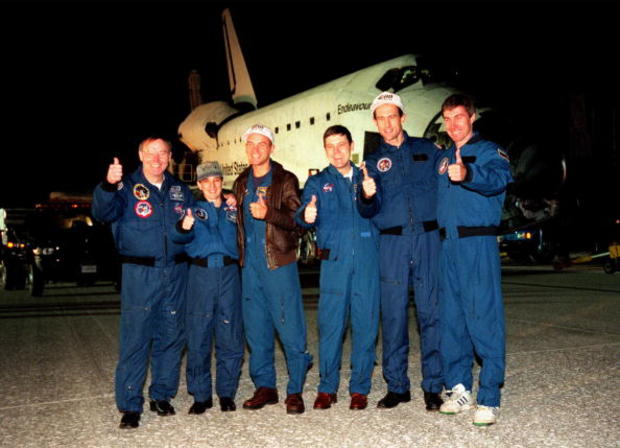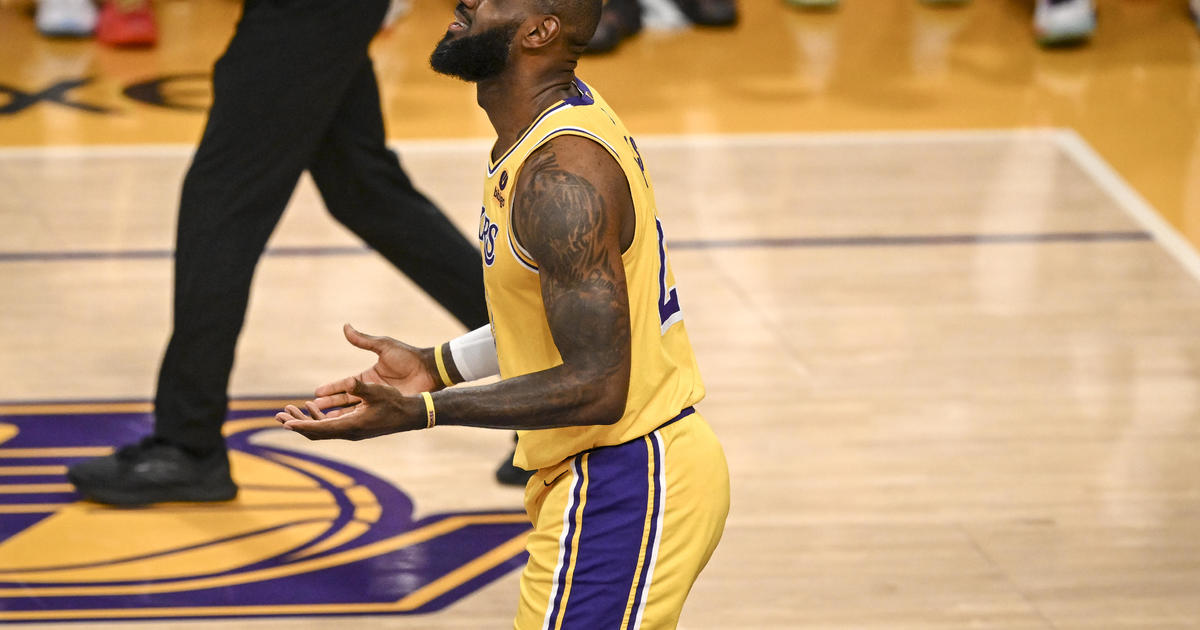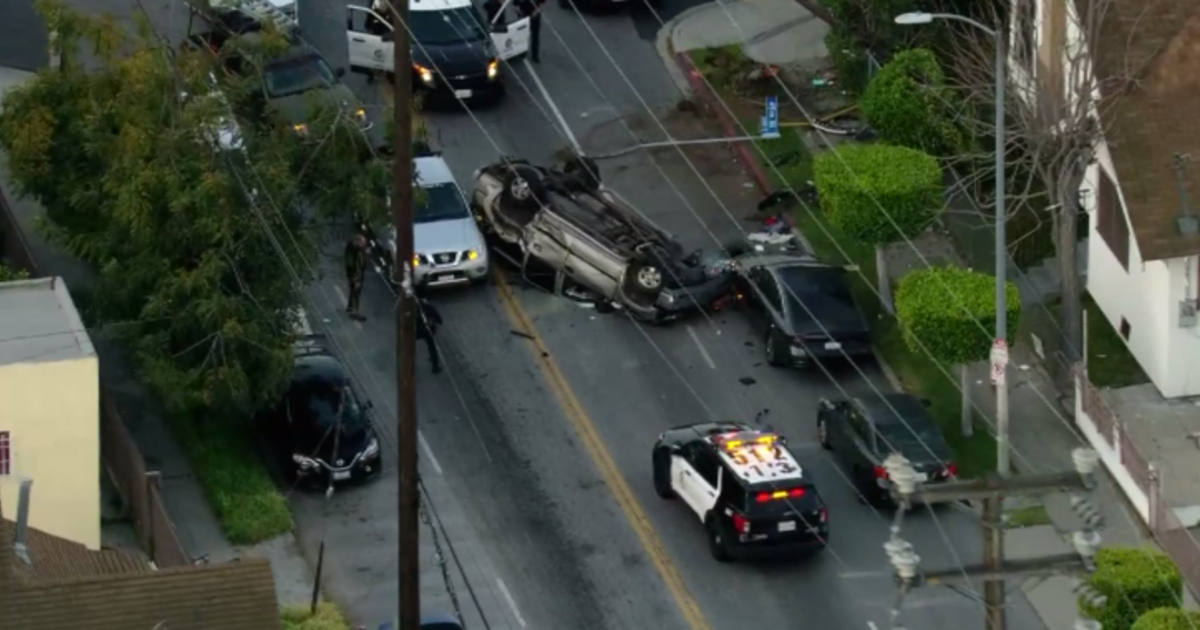Spaceflight Record Holder, Retired NASA Astronaut Jerry Ross Honored At Baseball Game
Matt Kamlet, CBS Los Angeles
LANCASTER (CBSLA.com) — In the triple-digit heat, retired NASA astronaut Jerry Ross stood on the mound, waved to the crowd, and delivered a solid pitch to open a minor league ball game in his honor.
Ross was already a giant in the eyes of those in the stands, still holding the joint record for most spaceflights with seven Space Shuttle missions, by the time he was honored by the Lancaster Jethawks, the Single-A affiliate of the Houston Astros.
After 58 days and 52 minutes in space, spanning through shuttle missions STS-61-B, STS-27, STS-37, STS-55, STS-74, STS-88, and STS-110, Ross was well known in the aviation community. He even had his own bobblehead given away at the game.
The ball park itself is frequented by members of the U.S. Air Force, NASA, and other aviation agencies and companies, being so close to the storied Edwards Air Force Base, where Ross spent time with the 6510th Test Wing.
Ross tells me that the opportunity to come back and be recognized in the area that had been so prominent in his career was sentimental, and was not unlike a reunion.
"It feels like a homecoming for me, quite frankly Matt," Ross described. "I spent three and a half years of my Air Force career out here at Edwards Air Force Base and did flight testing on the B-1 bomber."
Seizing the opportunity, Ross spent part of Sunday back on the historic base, taking note of what has changed since his time there.
"I had a chance to visit the base today and to remember a lot of good memories, and also to learn how much the base has changed over the period of time since I left," Ross said. "I feel very honored to be invited to come out and represent the aerospace industry here in the Antelope Valley, and I'm looking forward to a great evening."
Ross, of course, was part of the colossal efforts of Edwards Air Force Base to enhance, improve and revolutionize aviation before he ever launched into Low-Earth Orbit. Having been the chief B-1 flight test engineer, Ross was responsible for supervising flight test engineer crew members on the aircraft. This initiative to advance aviation, Ross says, is one of the aspects of Edwards that hasn't changed in the past 36 years.
"(Edwards) is the place where almost anything significant in aerospace history happened, and I think everybody who has ever been stationed there, or worked there, or hopes to be stationed there, feels the same way," Ross stated. "I felt very blessed to have a chance to go to test pilot school, and then to work on the B-1 for two and a half years and actually fly on the bomber as a flight test engineer. A lot of great memories, a lot of great friends I made there. I learned a lot about the history and got to meet a lot of the individuals who helped make that history."
NASA's Armstrong Flight Research Center, located in Edwards Air Force Base, has been a significant entity in the creation of that history. Formerly Dryden Flight Research Center, AFRC has called itself home to many of the innovations, projects and enterprises devoted to the advancement of aviation, and continues to make cutting edge progress in the timeline of man's journey in flight.
"There are many different faces of NASA," Ross said. "Obviously everybody knows about the human spaceflight program. They probably know a lot less about the aeronautical side of things, but we have several NASA centers that are dedicated primarily to aeronautics, and certainly the Dryden Research Center, which is now called Armstrong Flight Research Center, is one of the foremost in that area. They have contributed a lot of things in propulsion and aerodynamics, and a lot of the betterment we have seen in the commercial aviation community have come directly from work that's been done out there."
That is not to subtract from NASA's application when it comes to spaceflight itself. Indeed, these are exciting times in the agency's space endeavors, with Orion going through long-awaited testing, the Space Launch System's anticipated emergence to the launch tower, and the initial steps of man's journey to Mars taking shape.
Of particular note, Ross says, is NASA's revival of launching astronauts into space once again from U.S. soil, possibly by 2017, despite a recent extended agreement with Russia. It would be the first time astronauts will have launched on American launch systems independently since the retirement of the Space Shuttle program in 2011, ending a dependence on Russia's space program as relations between the United States and Russia become more irascible.
"I can't wait for (U.S. launches) to happen," Ross said. "I'm frustrated that it's taken this long for us to get back to that point again, and I hope that when we do it, we are ready to do it, and we do it safely."
Ross flew on Space Shuttles Atlantis, Endeavour and Columbia through his NASA career, and retired from the United States Air Force as a Colonel in 2000.






